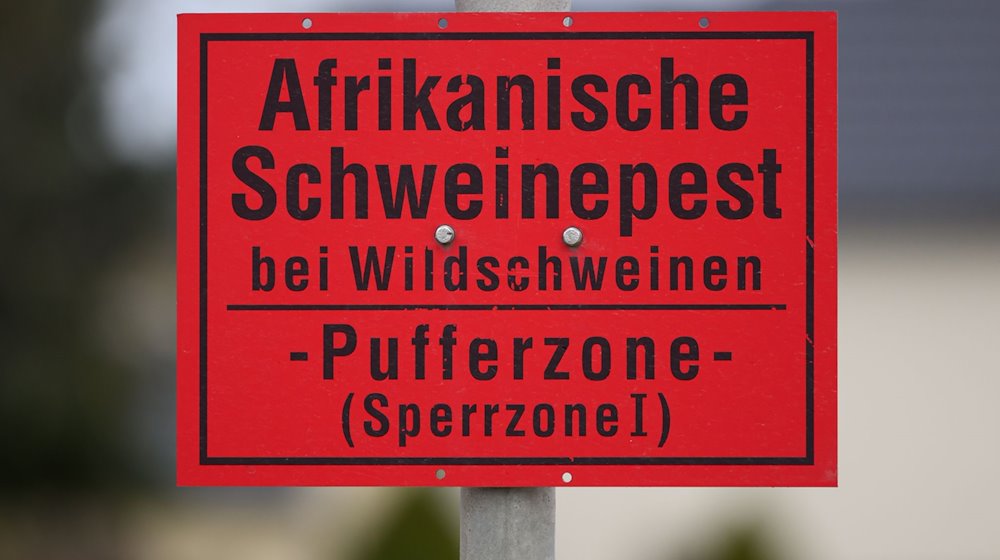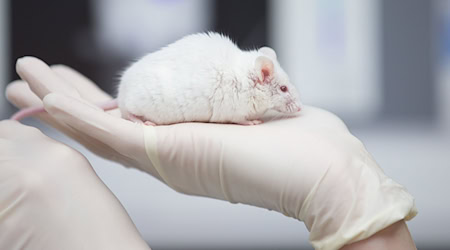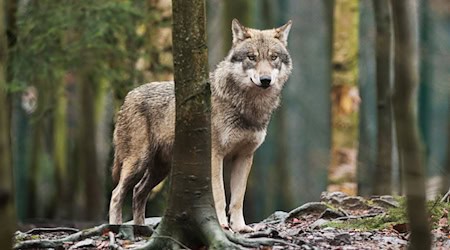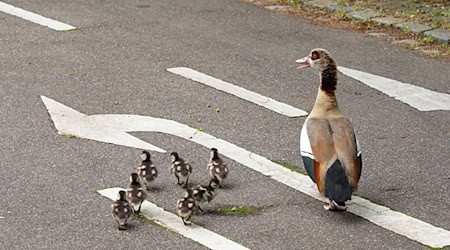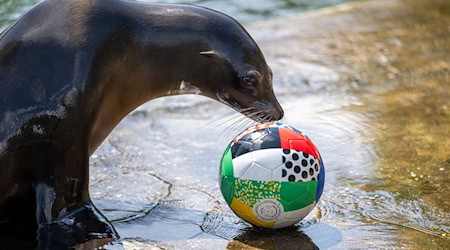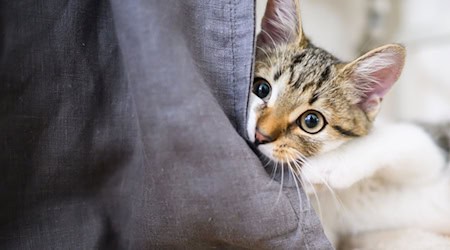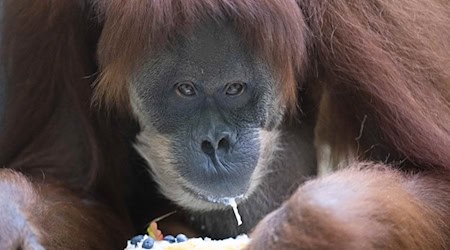The number of cases of African swine fever in Saxony continues to decline. Only one new case was detected in the district of Görlitz last month, as announced by the Saxon Ministry of Health in Dresden on Friday. There are currently 44 active cases - i.e. animals infected with the virus or carcasses that were detected no more than twelve months ago. A further 27 cases are no longer considered active because they were identified more than twelve months ago.
"We have achieved a great deal together in combating this animal disease," said Health Minister Petra Köpping. According to the SPD politician, the entry of the virus through infected wild boar from Poland has been contained. The final stage of the eradication concept to restrict the virus is not to be applied for the time being. However, the ministry wants to reserve the right to take this measure if the situation in the region should worsen again.
On October 31, 2020, the first case of African swine fever was detected in a wild boar in Saxony near Krauschwitz (Görlitz district) on the border with Poland. According to the ministry, the state has earmarked around 30 million euros for combating the animal disease by 2022, with another 30 million euros earmarked last year. According to Görlitz District Administrator Stephan Meyer (CDU), a 120-kilometre-long protection strip has been set up to restrict the movement of wild boar.
African swine fever is a viral infection that only affects pigs. It is almost always fatal and incurable. Surviving animals do not develop immunity to the virus and can become infected again. To date, there is no way to protect pigs through vaccination. The disease can be transmitted directly from animal to animal or indirectly via contaminated objects and feed.
Copyright 2024, dpa (www.dpa.de). All rights reserved

